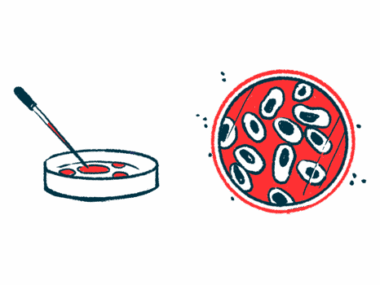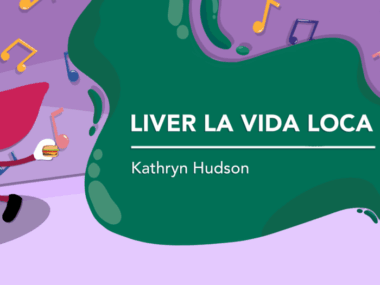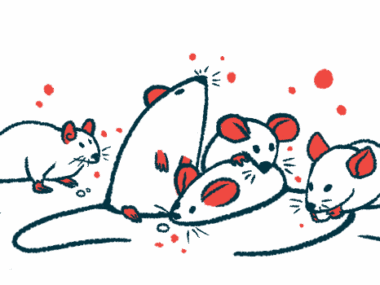How we approached teaching our son about Alagille syndrome
We gradually introduced common concepts, like itchiness and medications
Written by |

Learning about Alagille syndrome has been a challenging task. My wife and I have done the research, read the studies, and combed through many different sources. We’ve done so much study that we’ve started working on our own to share knowledge about being a caregiver for a child with Alagille syndrome.
But one thing that never dawned on us until about a year ago was this question: How do we teach our young child about his Alagille syndrome?
Finley is now 3.5 years old. We introduced the concept to him around age 2, starting with simple things, such as using the term liver disease or telling him why he must take his medicine. Over time these conversations have evolved to cover more complicated concepts.
The big one that we’ve stressed with Finley is itching. For those who don’t know, cholestatic pruritus is a symptom of liver disease characterized by the sensation of itching all over the body. We started seeing signs of this symptom early in Finley’s life, when he would scratch his ankles and ears. Occasionally, we’d find cuts in his ears and face from his scratching. A lot of details about having a child with Alagille syndrome are hard to witness, but itching may be the worst.
Some wonderful medications on the market specifically help treat cholestatic pruritus. When Finley turned 1, he was able to start taking one of these medications. It made a tangible change in his life, and in our lives as caregivers. While itchiness is a challenging symptom to monitor, we did notice a change after starting the medication.
But as with any medication, it wears off. We’ve been working with Finley on identifying when his itch is bothering him. When we noticed symptoms, we’d ask him if he felt itchy. Through this branding of the concept, over time he’s been able to verbalize when he’s itchy. Now he can tell us if he needs an additional dose as prescribed.
Being ready for the questions
Finley now knows that he takes one medication to help with his itching. He understands that another medication he takes in the morning and at night “helps make his poop brown.” We remind him of this when he takes it, and he now enjoys being able to identify what his medications do.
He also knows that his specialized toddler formula helps with nutrition. I can’t say I want to be teaching my young child this information, but it’s pretty darn cute when he shares what his medications do for him.
In addition to teaching Finley, we’re also teaching his older brother, Jackson, who is 6. Jackson was 3 when Finley was born. We’ve been slowly working on the concepts with him, as well as teaching him terms like liver disease, Alagille syndrome, and pulmonary stenosis, which Finley also has.
Jackson asks questions, such as why Finley has to go to more doctor appointments than he does. He’s perceptive of the differences, so we’ve been intentional about helping him learn as much as he can about his brother’s conditions. Jackson has proven to be up to the task and has enjoyed helping give Finley medicine and bringing him his formula over the years.
I’d be lying if I said I didn’t have any worries about continuing to teach my sons about Alagille syndrome as Finley gets older. Some heavy truths accompany any health conditions like this one. They’re realities we can’t hide from, but we do hope to be ready for the questions when they come.
As a caregiver, I plan to have both Finley and Jackson become as knowledgeable as they can about Alagille syndrome, as well as the community of Alagille warriors and their families. The teaching process will be continuous. While it’ll bring some emotional and challenging moments, I’m ready to keep working through those moments with Finley and the rest of our family.
Note: Liver Disease News is strictly a news and information website about the disease. It does not provide medical advice, diagnosis, or treatment. This content is not intended to be a substitute for professional medical advice, diagnosis, or treatment. Always seek the advice of your physician or other qualified health provider with any questions you may have regarding a medical condition. Never disregard professional medical advice or delay in seeking it because of something you have read on this website. The opinions expressed in this column are not those of Liver Disease News or its parent company, Bionews, and are intended to spark discussion about issues pertaining to liver disease.











Leave a comment
Fill in the required fields to post. Your email address will not be published.